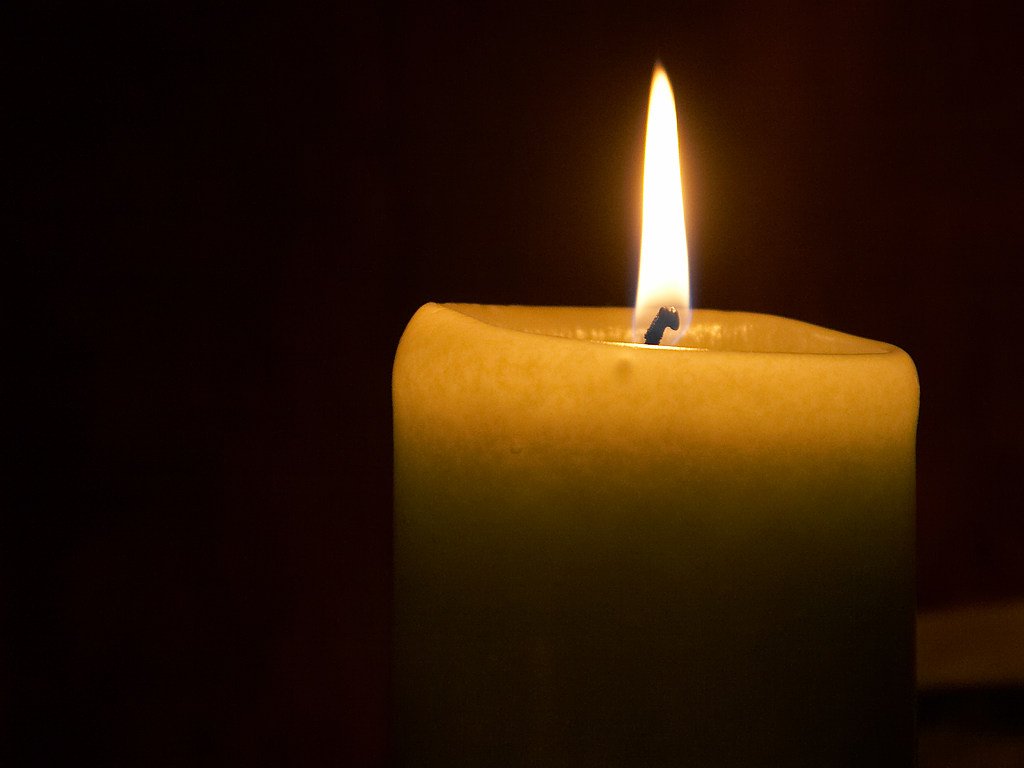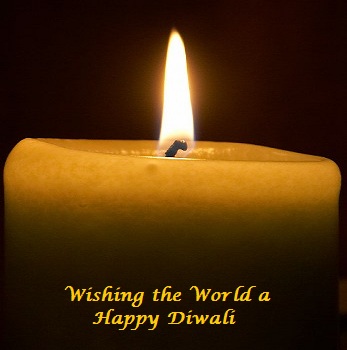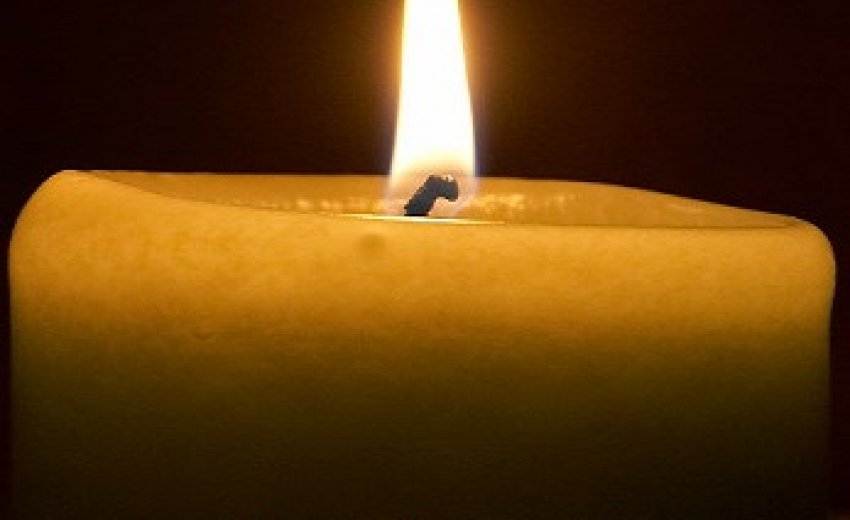
From Darkness to Light: Understanding the Practical Significance of Diwali
Ever since we were young we attended the annual Diwali mela at South Street Seaport. Each year our family drove in to downtown Manhattan from the surrounding suburbs. The ride itself was fun, providing gaping city views of skyscrapers and gigantic bodies of water that would straddle New York city, namely the East River and the Hudson River.
Traffic on the roadways was a
nuisance to most drivers; to us children it provided an extended opportunity
to breath in the panoramic views of the big apple with the backdrop of a
powerful and glorious sunset. The sun always seemed to retire with an
exhalation of relief as if it was exhausted from its radiation of fire
during the daylight hours.
The sunset was our indication that an evening of
shows involving live dance performances, puppet shows, and a late night
display of exquisite fireworks bursting on a blanket of stars was soon to
follow. This was our idea of Diwali.
This was better than an extended lunch time recess because here we would meet some of our family friends and relatives. We ate and played together. We celebrated together. We held hands and jumped up and down with excitement. We are the Hindu and Sikh American youth of the New York metro area.
I have consistently attended the Diwali mela here at South Street Seaport on most years except for a few. Aside from a few years during which college and medical school consumed all of my time I have been able to time and again celebrate Diwali in a way that is special to me. Not only because it is the biggest Hindu celebration of the year, but also because it is a tradition that binds me intimately to other Hindu and Sikh youth of the New York area, even if we didn’t know one another growing up. Every year I have enjoyed the crowds, delicious food, and divine music that is characteristic of the street fair. However this year for the first time I came across a group of people who prominently identified themselves as Indian Christian missionaries. As I would later come to observe the missionaries were present not for the purpose of enjoying the Diwali mela or for observing the sacredness of the special occasion, but with the intention of generating awareness of Jesus Christ and of converting Hindus and Sikhs to Christianity.
Members of the Indian Christian missionary group gathered to set up a table along with other street vendors at approximately 11:00 AM. As the morning went on more and more people joined them and by 12:30 there were over fifteen people surrounding a single table. One person among them brought color-coordinated T-shirts proclaiming that Jesus is the only one. They set up their table to distribute Christian literature and free water to passersby. People at that table were somewhat disturbing to others in the area because of their large numbers in a relatively small space. However, as the afternoon progressed the motivated evangelists dispersed among the crowds in the streets and began handing out literature on Jesus and Christianity.
For much of the early afternoon I saw them mobbing innocent visitors and insistingly handing them bottled water and literature. At one point when I walked past two men standing in the middle of the street I was also handed a pamphlet and asked if I was interested in attaining peace. I accepted the literature and briefly perused it before I asked the two men to tell me more about their offer. I then asked them why they were preaching Christianity at a Diwali mela. One of the men rudely responded by saying that America is a free country and that he had the right to freedom of speech. His counterpart immediately followed by stating that Diwali was over three weeks away, playing on the technicality of time. He arrogantly added that his presence was not disturbing anyone because this was a community event and that anyone was able to attend. I continued conversing with the two of them to ascertain what they were looking for even though I was already well aware. I eventually told one of them that I was very happy being Hindu to which he replied “I’m here to offer you something better”. At this point I was turned off and insulted by their remarks. I ended the conversation indicating to them that their presence was unwarranted at a Diwali mela and that their aggressive propagation of Christianity on such a noble occasion was impolite and indecent.
The competitive antagonism brought by the missionaries did not add to the festivities and to the celebration of Diwali; rather it detracted from the event and was an effort to persuade members of our Hindu and Sikh community to attend church and eventually convert to Christianity. Conversion of faith is fundamentally offensive to the benevolent and peaceful dharmic traditions of Hinduism and Sikhism. While we as a unified community are pluralistic in our beliefs and encourage diversity amongst ourselves, we can not welcome people who alienate us from our native ancestry and intend to annihilate a tradition that is thousands of years old.
My family and I originally hail from the province of Sindh, now in Pakistan. My parents reluctantly left Pakistan and migrated to India as Hindu refugees for the very reason that Indian leaders failed to stand up for the beliefs and traditions of our people and did not effect public policy or military defense measures to substantiate our presence in the land that is natively ours. As a result, millions of Hindus and Sikhs have been murdered, butchered, forcibly converted to Islam, and displaced from their homeland. This series of events spans over a thousand years and reached its zenith during the partition of 1947. It still continues to this day and is the price Indians paid for independence. Notably the most profound lesson to be learned from this is that we cannot continue to be so accepting of other schools of thought that we compromise the standards that allow our own people to flourish and our own faith to be nourished. Hindu and Sikh American youth need the opportunity to explore our culture and beliefs, and enjoy our festivals without facing the threat of conversion by missionaries who wish to lure today’s youth toward a belief system that does not accept our tradition’s antiquity, greatness, and accepting nature.
In closing, I strongly resent the presence of any foreign religious
missionary group at the Diwali mela celebrated at the South Street Seaport
or at any other festival celebrated by our community. As a young Hindu who
participated in community festivals and holidays throughout my earlier years
I wish for that same tradition to be extended to those who now take the
limelight of that stage to allow our vibrant traditions to continue
uninterrupted for eternity. On this auspicious occasion of Diwali let us
illuminate the lives of those who live in darkness and foolishly and
mistakenly believe that they are “chosen” and inherently superior to
followers of Dharmic traditions. Let us propagate the true spirit of love
and embrace our brothers and sisters, be them of different faiths, on the
condition that we Hindus, Sikhs, Jains, and Buddhists are venerated to a
degree that is commensurate with our benevolent outlook of love and
acceptance for all.

Viju Sidhwani
Long Island, NY
[email protected]

